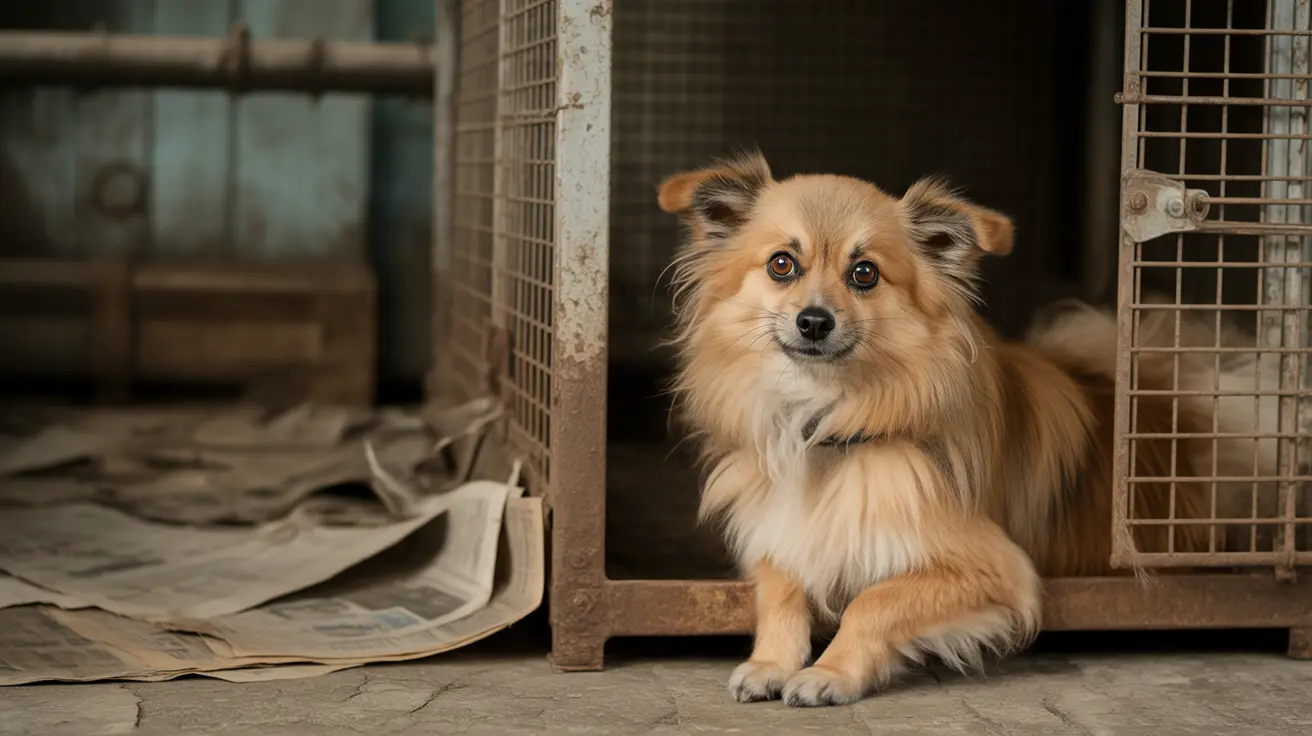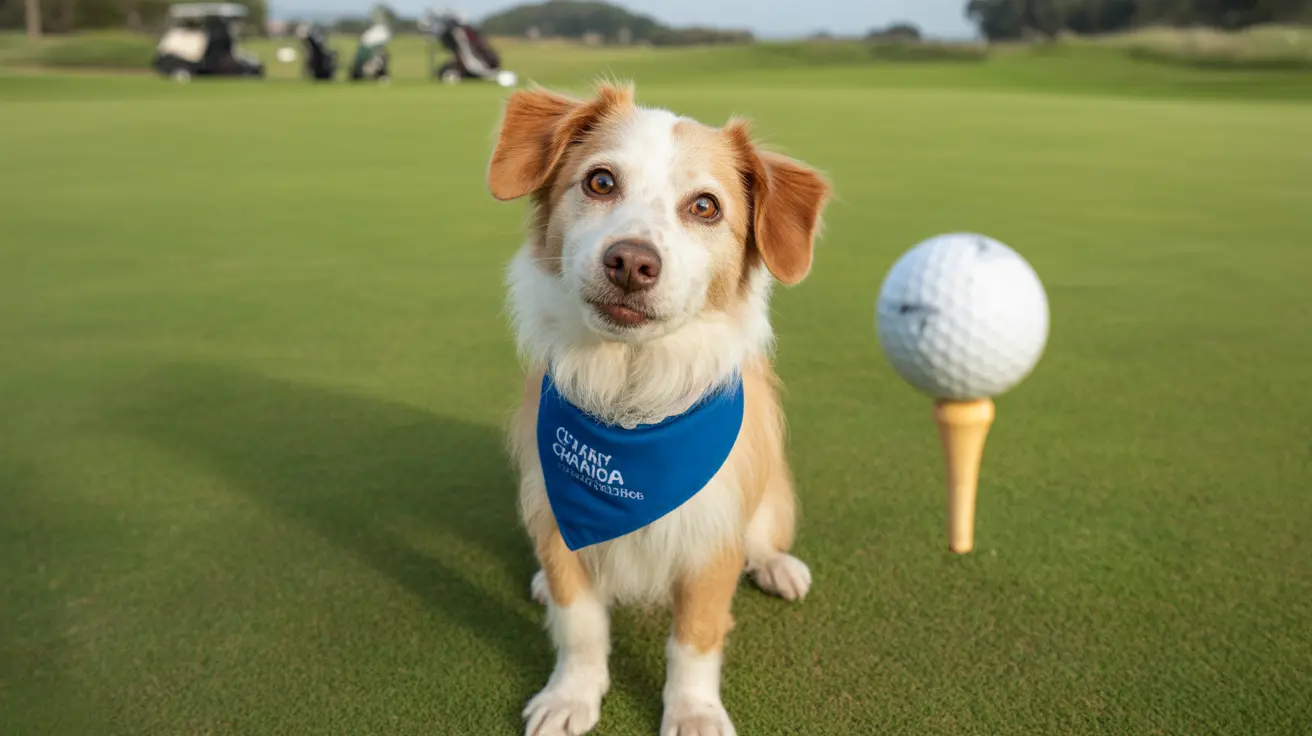When your furry friend undergoes surgery, their recovery period can be challenging both physically and emotionally. Understanding how to cheer up your dog after surgery is crucial for their healing process and overall wellbeing. This comprehensive guide will help you create an enriching environment that promotes recovery while keeping your pet's spirits high.
Post-operative care requires a delicate balance between rest and engagement, ensuring your dog stays comfortable while preventing boredom and anxiety. Let's explore effective strategies to support your companion through this important healing phase.
Creating a Comfort-First Recovery Space
Your dog's recovery environment plays a vital role in their healing process. Set up a quiet, dedicated space away from household traffic and other pets. Include soft, clean bedding and ensure easy access to water and food bowls.
Consider using a crate or small room to limit movement when necessary, but make it inviting with familiar toys and blankets. Temperature control is important - keep the area cool in summer and warm in winter for optimal comfort.
Mental Enrichment Activities That Are Surgery-Safe
Mental stimulation is crucial during recovery when physical activity is limited. Food puzzles and treat-dispensing toys can provide entertainment without risking injury. Choose options that don't require excessive movement or strain.
Practice gentle training exercises like "touch" or "watch me" commands while your dog is resting. These activities maintain mental sharpness and strengthen your bond without compromising healing.
Emotional Support and Bonding Techniques
Your presence and attention are powerful mood boosters for a recovering dog. Spend quality time simply sitting with them, offering gentle pets, and speaking in soothing tones. Regular grooming sessions (avoiding the surgical site) can provide comfort and maintain hygiene.
Consider using calming aids like pheromone diffusers or specific music designed for dogs. These can help reduce anxiety and create a more peaceful recovery environment.
Safe Physical Activities During Recovery
Once approved by your veterinarian, incorporate very gentle physical activities. Short, controlled leash walks can prevent muscle atrophy while maintaining strict movement restrictions. Start with 5-10 minute sessions and gradually increase based on your vet's guidance.
Passive range-of-motion exercises, when recommended by your vet, can help maintain joint flexibility. Always monitor your dog's response to ensure these activities aren't causing discomfort.
Monitoring Recovery Progress
Watch for signs that your dog is healing properly, including maintaining a good appetite, normal bathroom habits, and steady energy levels. Document any changes in behavior or surgical site appearance to share with your veterinarian.
Keep track of medication schedules and follow post-operative instructions carefully. This attention to detail helps prevent complications and supports a smoother recovery.
Frequently Asked Questions
How can I create a comfortable and safe recovery space for my dog after surgery?
Create a quiet, clean area with soft bedding, away from high-traffic zones. Use gates or crates to restrict movement, and ensure easy access to necessities like water and food bowls. Keep the temperature comfortable and minimize disturbances from other pets or children.
What mental stimulation activities are best to keep my dog engaged without risking their surgical site?
Food puzzles, gentle training exercises, and interactive toys that don't require much movement are ideal. Focus on activities that can be done while lying down or sitting, such as nose work games or simple command practice.
When is it safe to start gentle physical activities or short walks with my dog post-surgery?
Always follow your veterinarian's specific guidelines, as timing varies based on the surgery type and your dog's condition. Typically, very short, controlled walks can begin after the first few days, but only with explicit veterinary approval.
What calming techniques and emotional support can help reduce my dog's anxiety during recovery?
Regular gentle petting, quiet companionship, and maintaining a calm environment help reduce anxiety. Consider using pheromone products, calming music, or aromatherapy if approved by your vet. Consistent daily routines also provide security.
How do I recognize signs of pain or complications in my dog after surgery and when should I contact my vet?
Watch for changes in appetite, behavior, or activity level. Signs of concern include excessive whining, lethargy, fever, vomiting, or changes in the surgical site (redness, swelling, discharge). Contact your vet immediately if you notice these symptoms or any unusual changes.
Remember, recovery takes time and patience. By implementing these strategies and maintaining close communication with your veterinarian, you can help ensure your dog stays happy and comfortable throughout their healing journey.






